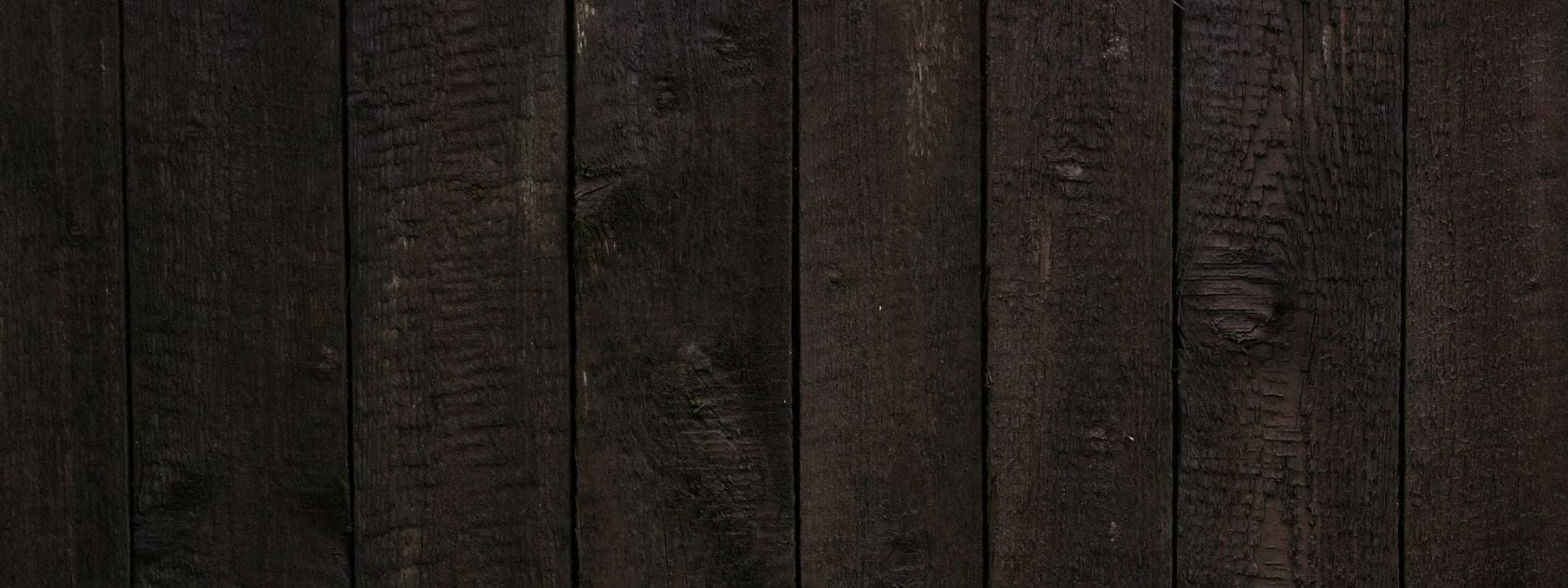Frederick Hobday, Canine and Feline Surgery (1900)
The Barker Veterinary Museum is excited to present an episode from the OVC’s early companion animal heritage, particularly cats. Shown here is Frederick Hobday’s Canine and Feline Surgery (first published in 1900). Hobday’s text was the first featuring feline medicine ever assigned to students at the OVC. This edition, housed in Archival & Special Collections in the University of Guelph Library, is inscribed by the author to Andrew Smith, founder of the OVC. A full text version of the text can be accessed here.

Source: Archival & Special Collections, University of Guelph Library, University of Guelph.
Canine and Feline Surgery contains instructions on pre- and post-operative care, procedures for washing hands and ensuring sterile equipment, restraint techniques and procedures for administering anesthetics. Instructions for treating a variety of wounds and abscesses is followed by several sections focusing on surgical procedures. Included are procedures on the head and neck, thoracic and abdominal, as well as uro-genital procedures, hernias, and the limbs and tail. Interestingly, a brief section at the end of the text discusses the utility of the recently discovered “Roëntgen Rays” (X-rays) in diagnosis and features a photograph of an X-ray of a cat’s leg. Hobday briefly outlines the successful application of X-rays in veterinary medicine, though notes this success depends on access to the technology as well as the successful restraint of the patient. He considered both achievable.
As a formal part of the veterinary curriculum, feline medicine first appears in the college’s calendar starting in the 1909-10 school year. That year, Charles Saunders, a 1907 graduate of the OVC was hired to give special lectures titled “Canine and Feline Diseases.” Saunders, from Guelph, later became a prominent companion animal veterinarian, editing and authoring several texts on companion animal medicine and surgery. One of his best-known texts, for example, was Canine Medicine and Surgery, published in 1915. Saunders would see service as part of the Canadian Army Veterinary Corps during the First World War and would remain in England afterwards. J.A. Campbell (OVC 1900) would subsequently teach canine and feline medicine at the OVC from 1918 to 1922.

Source: C.A.V. Barker Collection, Archival & Special Collections, University of Guelph Library, University of Guelph.
After the OVC moved to Guelph in 1922, J.G. Harvey (OVC 1902), a practitioner from Guelph, lectured until 1928 when Principal C.D. McGilvray created the OVC’s first Small Animal Clinic and appointed Frank J. Cote (OVC 1926) to give one lecture and clinic session per week. Cote would leave his private practice and join the OVC’s faculty full time in 1947 as the ownership of companion animals became more widespread in the post-Second World War period. Following Cote’s sudden passing in 1952, James A. Archibald (OVC 1949) would take over medicine, surgery, and teaching, developing the OVC’s formidable reputation in companion animal medicine.

Source: C.A.V. Barker Collection, Archival & Special Collections, University of Guelph Library, University of Guelph.
As a final note, the inscription in the text from Hobday to Andrew Smith, limited as it is, provides some insight into the place of Smith and the OVC in the global veterinary community at the turn of the twentieth century. Aside from published material, we know little about how Smith interacted with the veterinary community as extraordinarily little of his personal or professional correspondence exists (this is true of several influential figures in Canadian veterinary history). That Hobday sent him an inscribed copy of his new text may have simply been motivated by economics – the OVC was a large and known veterinary school and would have been a lucrative place for his text to be assigned. While it may have been motivated by potential sales, it also reflects that Smith and his school were known internationally and that companion animal medicine teaching at the OVC, limited as it may have been at the time, was known in the international veterinary community. Moreover, the assigning of Hobday’s text to students reflects that companion animal medicine had reached a point of demand that it had moved beyond an occasional special topic lecture and into a more formal part of the veterinary curriculum.


